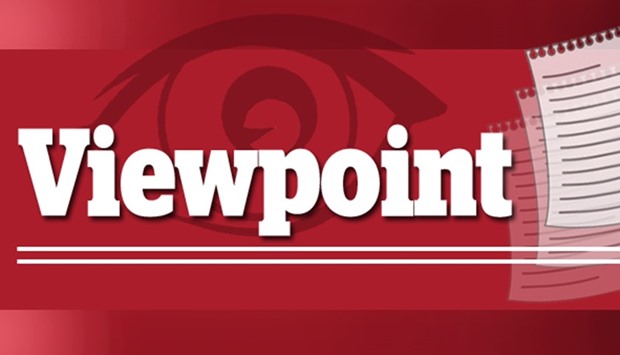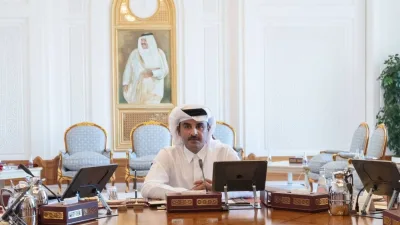The Federal Reserve (Fed), United States’ central bank, is slated to meet on November 4, a day after the 2020 presidential election, but many analysts believe the key interest rates are likely to stay at ‘zero’ at least until 2023.
The Federal Open Markets Committee (FOMC) seems to have taken a position that it will wait on rate hikes until inflation reaches 2% and is set to rise moderately above that level for a time.
For the better part of his first term, President Donald Trump browbeat the Fed to embrace a dovish policy by cutting interest rates.
Initially, Fed Chair Jerome Powell held firm to the Fed’s standing commitment to gradually tighten monetary policy via rate hikes and balance sheet tapering.
But anaemic inflation and weaker global growth, helped along by the US trade war with China, forced the Fed to reverse course and go full dove. Once the pandemic hit in March, the Fed cut rates to zero faster than greased lighting and resumed creating money out of thin air to keep the US economy afloat.
Powell and the regional Fed bank presidents have all but begged the White House and Congress to find common ground for a second stimulus package.
The first stimulus not only helped stave off a depression, but it actually helped lower-income Americans improve their finances even as job losses mounted.
But now the stimulus cash has all been spent, various parts of the economy remain shut tight as state governors try to quash a second (or third) wave of pandemic, and millions of Americans remain unemployed and at risk of eviction at the very beginning of a long, dark winter.
Powell recently warned that the outlook for the US economy is “highly uncertain,” and that too little policy support could lead to more household and business insolvencies and “recessionary dynamics” where a weak recovery feeds on itself.
The Fed’s September decision (to hold rates) had drawn two dissents – Dallas Fed President Robert Kaplan and Minneapolis Fed President Neel Kashkari.
Kaplan thought it tied the Fed’s hands unnecessarily, while Kashkari wanted an even higher bar for future rate hikes.
But even among those who supported the decision, there are reportedly differing views on how it should be carried out. Of particular interest will be any evidence of appetite for adding to the Fed’s $7.1tn stash of bonds and other assets to ease policy further, either soon or once the recovery is further along.
Fed policymakers also appear divided on how high the Fed should try to push inflation, which for years has failed to meet the Fed’s 2% target and is expected to end this year well below that level.
With just two days left for Americans to pick their next president, which way the economy develops could spell a very different policy environment for whoever wins at the ballot box.
But with an ongoing pandemic that has claimed more than 229,000 US lives and a recession that left millions without jobs, it’s clear there is a lot at stake.



